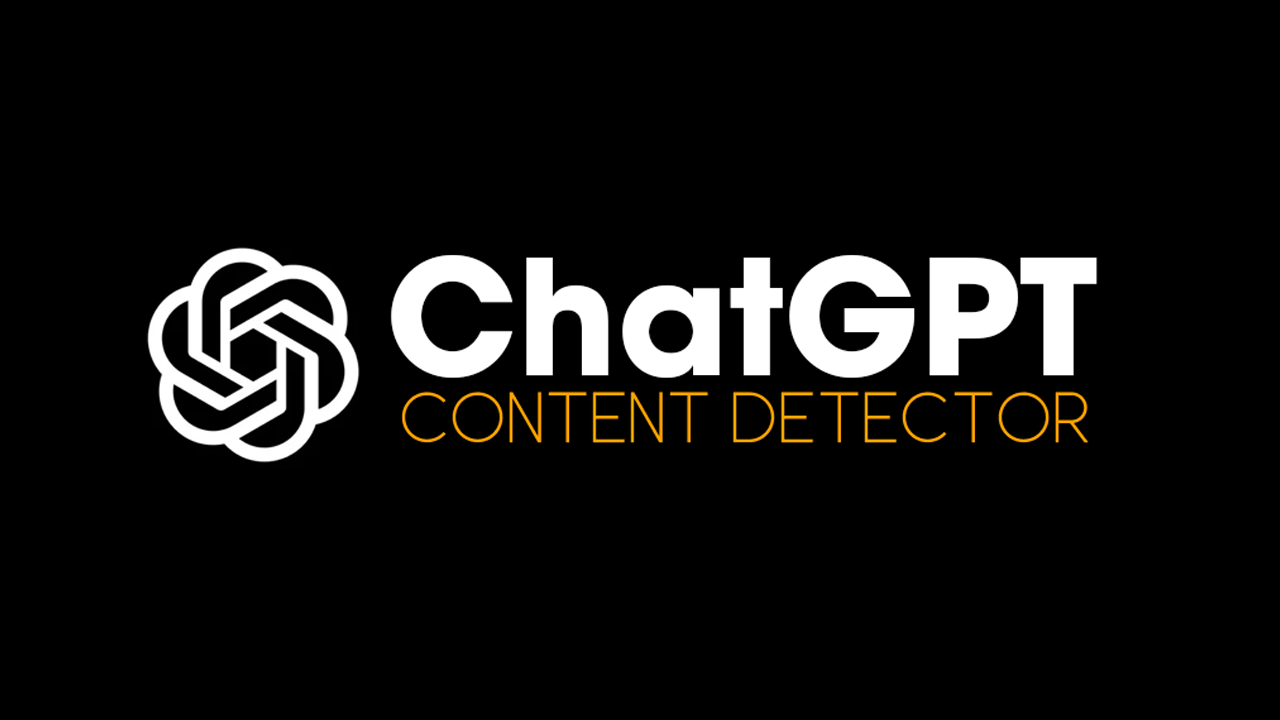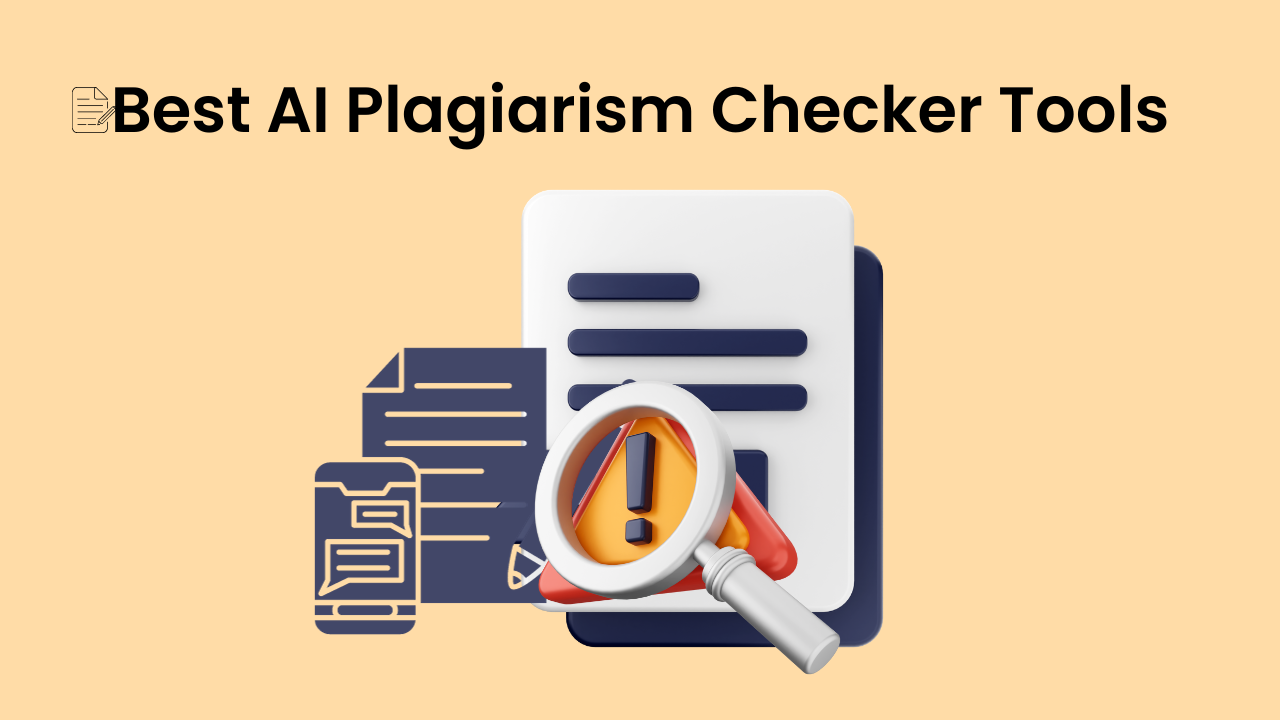Bypass even the most powerful detectors
Unmasking Watchdogs: What Are AI Checkers and How Do They Work?
As the use of artificial intelligence (AI) surges in content generation in the digital space, there come additional advances with a wide range of potential advantages. Nonetheless, there is rapidly mounting concern about the ethics of automatically generated text from ChatGPT. But this is where AI detectors come into the game, safeguarding data integrity on the web with maximal prominence. What's an AI checker?
AI Detectors

AI detectors are specialized software programs meant to spot contents, which were created by AI. It operates in view of the analysis of many parameters concerning text, including:
- Sentence structure: Repetition in sentence structures is usually an effect of automated writing. These instances can be taken as evidence that the piece was written by a chatbot or an algorithm of the GPT type.
- Specific word choices, different from diverse vocabulary and nuance-based expressions characterizing human writing.
- Statistical properties: Its analyses—be they lexical or statistical—might clearly exhibit word and sentence patterns different from those occurring naturally in human composition.
How Do AI Checkers Work?

Here's how AI checkers generally function to spot content generated by ChatGPT:
- Machine learning: The detectors are trained on large datasets of human-written text and that which is generated from ChatGPT. This type of training enables them to learn specific attributes characteristic only to each type of content and create algorithms to discriminate between the two.
- Statistical Analysis: AI detectors analyze several statistical properties of the text, such as word frequency, sentence length distribution, and vocabulary richness. Deviations from natural language patterns can be signs of the content generated with the help of ChatGPT.
- Syntactic Analysis: This includes analyzing the text's grammatical construction, which is done by checkers. When sentence structures are too repetitive, clunky, or there are instances of awkward language use or grammatical inconsistencies, it can indicate that the writing was generated by GPT and AI.
Different Types of AI Detectors
Here are some categories of AI checkers available, each with its own set of targets:
- Standalone Software: It implies independent software that users are required to download and install on their computers. Ordinarily, the uploaded text files are examined by them and then they give a verdict if the material is most likely human-written or ChatGPT-generated.
- API-based Solutions: This type of detector uses programmatic access through an API that developers consume in their applications or websites. They can conduct analyses of content that is added by the users in real time.
- Cloud-based Services: These are cloud-operating sensors, meaning that sensors allow users to upload text or paste content in a web interface for analysis. As such, they offer the benefit of ease and access but can bring about limitations regarding processing power and data security.
AI Checkers in Use

Use of AI checkers comes in various forms, and they include:
- Academic Integrity: This is where institutions make use of AI checkers so as to determine whether ghostwriting or potential text plagiarism is taking place when grading assignments handed in by their students.
- Publishing platforms: Online platforms can employ AI checkers to check authenticity and the first content if content is user-generated.
- Advertising, Marketing: Corporations can use AI checkers to avoid receiving fake content generated by influencers or digital marketing agencies.
- Journalism, fact-checking: Journalists can use AI checkers in order to minimize bias or manipulation that could be present in news articles or social media materials.
Limitations of AI Checkers
While AI checkers offer valuable insights, it's crucial to acknowledge their limitations:
- Evolving AI Techniques: This would mark an assurance as AI continues to evolve in the future, where one might imagine a time when they become too expensive or technically inadequate for use with newer and more powerful content-generating models.
- AI Checkers Are Not Infallible: Even the best AI checker classifies some human-written works as though produced by ChatGPT, while sometimes the worst classifiers wrongly attribute AI-generated works to authentic authors.
- Ethical Consideration: There would be such a significant ethical issue overuse in the advancement of AI checkers about user privacy and possible censorship of real work.
AI Detectors into the Future
The landscape of AI detection is constantly evolving. Here are some potential future trends:
- It will improve the accuracy of algorithms through better learning by machines that are brought on board by the growth and development of artificial intelligence.
- Much emphasis is to be made in the design of AI checkers that explain their reason for classifying the content as that generated by ChatGPT to embrace transparency and build trust in organizations.
- Collaboration with Humans: In the future, more human-in-the-loop approaches could see AI checkers supporting human experts in the analysis and verification of content.
Conclusion
This is where AI detectors play an invaluable role in maintaining accuracy and integrity in data across the web. On understanding their functionality, limitations, and future prospects, they really assist us in employing these detectors responsibly and ethically to maintain transparency and trustworthiness in our digitized world.
Other salient points:
- AI detectors are very helpful in educational institutions, where they can be put to use in preventing ghostwriting and plagiarism. Nevertheless, the tools have to be properly used to assist in knowledge integration and urge students toward the development of their thinking abilities.
- The place of AI detectors in the process of creativity: although AI detectors may make it easy to detect the use of AI for support in the process of creativity, they cannot confirm the completed work is of good quality or original. But be aware that the human inventiveness and judgment are just the same necessary to produce highly impactful and meaningful content.
- The possible AI detector's bias: Being an AI system, the AI detectors can also be biased by their training data like any other AI system. It is of importance for one to be conscious of such a potential bias and get AI detectors with human judgment in order to make sure that they offer a fair assessment.
- The principle of transparency and ethical considerations: With the growth of the application of AI detectors, there is the need to take into consideration transparent ways through which they are developed and applied. It should be made known how the tool works and what its limiting factors are. Furthermore, ethical concerns for privacy, fairness, and prospective censorship should be addressed with care so as to make AI detectors both responsible and ethically applicable.
- In the case that we are able to understand the complex and subtle nature of these AI detectors, they will prove helpful in keeping up with the changing landscape of AI-generated content. They can play an essential role in maintaining authenticity, fostering transparency, and assuring the responsible use of AI in multiple domains of life. But, it is critical to keep in mind that AI detectors are no panacea, and their proper use should involve careful weighing of implications on ethics, potential bias, as well as human oversight.